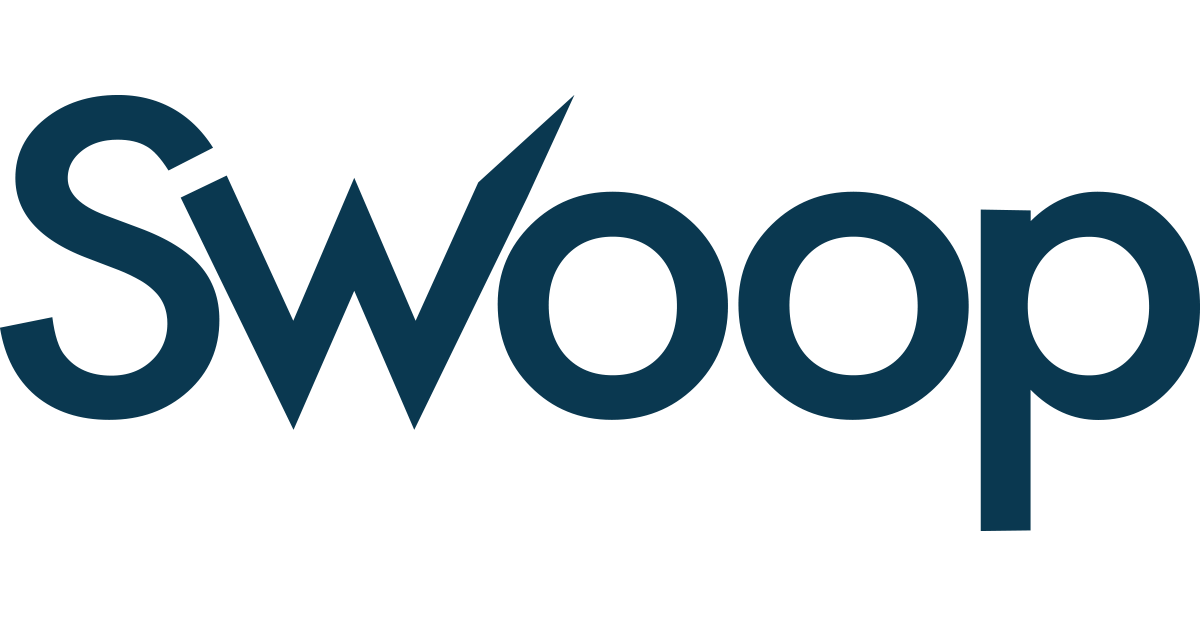Every technical problem your team solves could be funding your next breakthrough.
Canada’s Scientific Research and Experimental Development (SR&ED) program isn’t just another government initiativ; it’s a $3+ billion annual opportunity that 20,000+ businesses use to transform their R&D costs into substantial cash returns. Whether you’re a startup wrestling with system integration or an established manufacturer pushing equipment beyond its limits, your technical challenges likely qualify for significant refundable tax credits.
The Simple Truth About SR&ED Eligibility
Forget complex government jargon. SR&ED eligibility comes down to five straightforward questions that mirror how innovation actually happens:
1. What was the problem? (technological uncertainty)
Did you encounter a technical challenge that couldn’t be solved using existing knowledge or standard practice? This isn’t about reinventing the whee; it’s about those moments when you realized the wheel wouldn’t work for your specific application.
IT example: Your team needed to integrate two software systems never designed to work together, with no standard solution available.
Manufacturing example: You had to fabricate parts to tolerances beyond your equipment’s documented capabilities.
2. What did you try? (hypothesis)
Did you develop a reasoned approach based on technical knowledge? SR&ED rewards systematic thinking, not random experimentation.
Real scenario: “Based on our understanding of the API structures, we hypothesized that creating a middleware layer could enable communication between the incompatible systems.”
3. What was the outcome of your attempts? (systematic investigation)
Did you follow an iterative process of testing, analyzing results, and modifying your approach? This is where documentation becomes crucial.
4. Did it succeed or fail? What did you learn? (technological advancement)
Here’s the key insight: failure can be just as valuable as success for SR&ED purposes. Discovering that a particular approach doesn’t work advances your company’s technical knowledge and may qualify for credits.
5. How did you keep track of your work? (documentation)
The government needs proof that eligible work occurred. Time sheets, project notes, email threads, meeting minutes, test results, and prototypes all serve as supporting evidence.
Real-world project examples
IT/computer science projects that qualify:
- Integration challenges with incompatible hardware and software systems
- Development of new functionality that didn’t previously exist
- Performance optimization when standard solutions prove inadequate
- Data centralization in distributed computing environments
- Platform independence initiatives across multiple operating systems
Manufacturing projects that qualify:
- Machining parts beyond equipment specifications
- Welding dissimilar metals that are normally incompatible
- Preventing warping during high-temperature welding processes
- Designing material handling equipment for delicate products
- Replacing metal components with plastic while maintaining durability
The financial reality: Ontario example
Let’s be specific about returns. For every $100,000 you spend on eligible R&D activities in Ontario:
| Expense Type | Your Investment | Credits Received | Return Rate |
| Salaries | $100,000 | $65,836 | 65.84% |
| Materials | $100,000 | $42,475 | 42.48% |
| Contractors | $100,000 | $33,980 | 33.98% |
These aren’t loans or grants — they’re refundable tax credits that become actual cash flow for your business.
Beyond the obvious: hidden opportunities
Many businesses miss SR&ED opportunities because they focus only on formal “R&D departments.” In reality, eligible work happens across organizations:
- Adapting existing technology for unintended applications
- Investigating alternative solutions when initial approaches fail
- Learning unexpected lessons about your technology during development
- Integrating independent technologies into new systems
- Pursuing uncertain outcomes with systematic approaches
What are some common SR&ED misconceptions?
Myth: “We have to succeed to qualify.” Reality: Failed experiments that advance knowledge often qualify.
Myth: “Only high-tech companies qualify.” Reality: All industries conduct qualifying R&D — from restaurants developing new cooking processes to construction companies solving structural challenges.
Myth: “The paperwork is overwhelming.” Reality: With proper guidance, most businesses find SR&ED claims straightforward.
The 18-month opportunity window
You have 18 months from your tax year-end to file SR&ED claims. Every month you delay is potential cash flow sitting unclaimed. Given that the average claim ranges from tens of thousands to millions of dollars, the cost of waiting often exceeds the cost of investigation.
Your strategic next step
The question isn’t whether your business conducts R&D — it’s whether you’re capturing the financial value of that innovation. Most qualifying businesses discover they’ve been leaving significant money on the table, sometimes for years.
Start with a free eligibility assessment. Review your recent projects through the SR&ED lens and discover how much your technical problem-solving could be worth.
The government wants to support your innovation. The money is allocated. The only question is whether you’ll claim your share.







 yet? Register here!
yet? Register here!